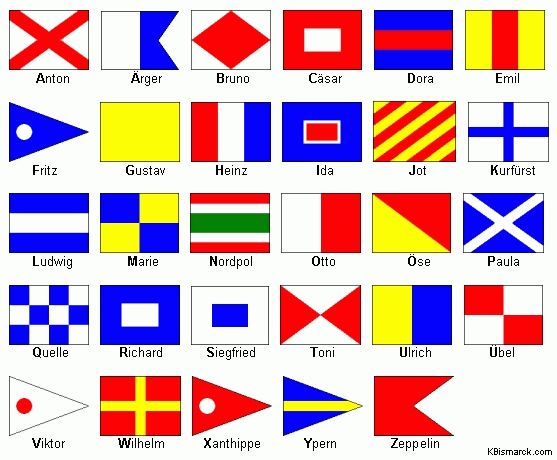The various types of flags in use and the kinds of things that they signify.
Flags come in many different forms and serve many different purposes. One of the first uses to come to mind is to symbolise a particular nation. National flags are the most commonly seen, but they vary considerably in how they are developed and used.

The Union Flag or Union Jack, for example, is both a combination of other flags and is also used as an ingredient in the flags of other countries. Representing the United Kingdom, it is made from the Scottish Saltire (Saint Andrew’s Cross), Saint George’s Cross of England and Saint Patrick’s Cross of Ireland – although the latter is rarely used to represent Ireland and is often considered to be essentially a British invention. No element of the Welsh flag is used because at the time of the flag’s creation, Wales was part of the Kingdom of England.
This composite then appears within other flags, such as those of Australia and New Zealand, which were of course former British colonies. It also once featured in the US flag, which closely resembled that of the British East India Company.
Most national flags are rectangular, but the one exception is the flag of Nepal, which consists of two stacked triangles. A lot of countries also have vertical flags, primarily for the simple reason that they don’t tend to have sufficient wind to make a horizontal flag easily visible.
Other than this, flags are used a great deal in sport, where they are often used for signalling. The chequered flag at the end of a motor race is perhaps the most obvious and distinctive, but there are many other examples. Linesmen use flags in football to signal to the referee and this use is mirrored in similar sports.
Political flags and religious flags are also often seen. These indicate association with a particular group and can occasionally be seen as inflammatory when processions and parades become confrontational. However, it is essentially just a form of branding and this explains why many companies have flags manufactured featuring their company logo. It helps project a certain image and serves as a form of advertising.
A final use of flags is as a warning. One of the most common examples of this practice is seen on beaches where swimmers are warned of various threats through the use of flags. They may mark the area where it is considered safe to swim and which is under the jurisdiction of lifeguards. However, they may also signify that the beach is effectively closed or that conditions are too dangerous for swimming.
Helen Wise writes on behalf of Northern Flags LTD

